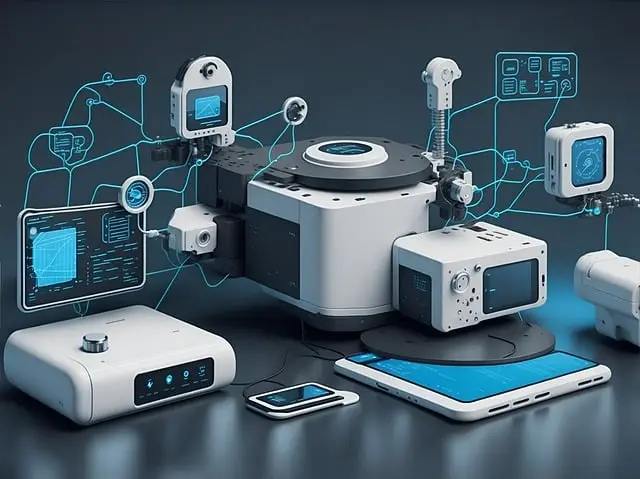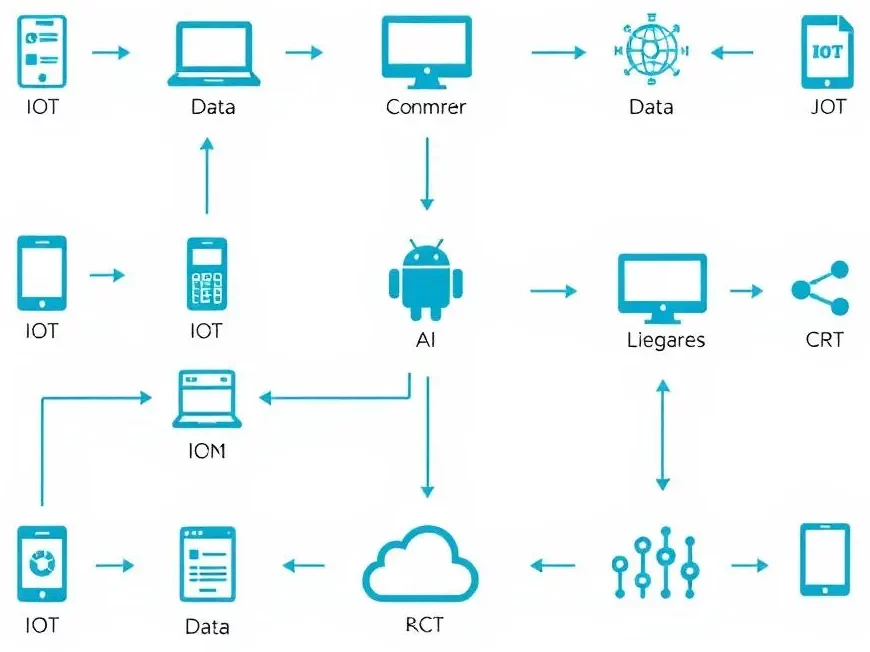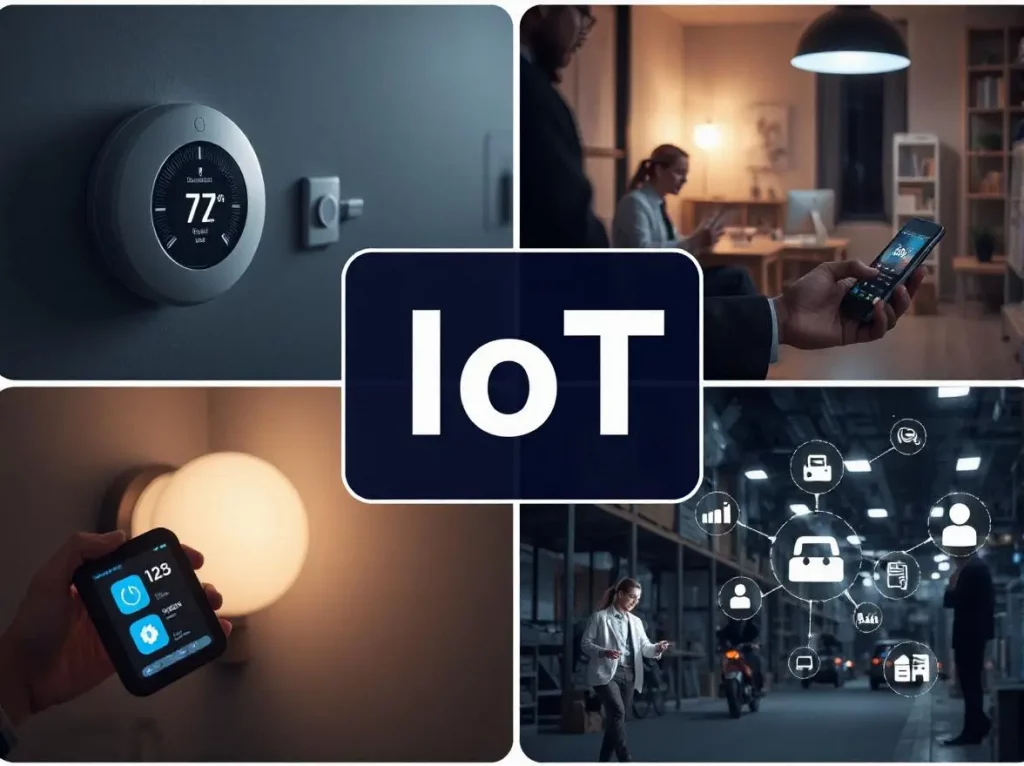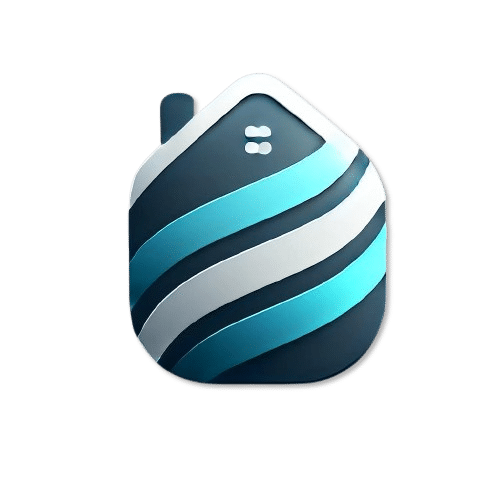Most people think the Internet of Things (IoT) is just about smart home gadgets like Alexa, smart fridges, or fitness trackers—but that’s just scratching the surface. So, what is the Internet of Things (IoT)? It isn’t just about making life more convenient; it’s revolutionizing industries, reshaping businesses, and transforming the way we interact with technology on a massive scale. From self-driving cars to remote healthcare and intelligent factories, IoT is the invisible force powering the future.
So, what is IoT really? How does it work? And why is 2025 a game-changing year for the Internet of Things (IoT)? Let’s break it down.
Understanding the Internet of Things (IoT) in Simple Terms
At its core, the Internet of Things (IoT) refers to a network of physical devices—anything from smartphones and sensors to appliances and vehicles—that connect and exchange data over the internet. These devices communicate with each other without human intervention, using IoT sensors, cloud computing, and AI to gather, analyze, and act on data in real-time.
Think of IoT as a giant digital nervous system where everything is connected. Your smart thermostat “talks” to your smartphone, your smartwatch tracks your health, and entire cities use IoT technology to manage traffic and energy efficiently.

Why Is IoT So Important in 2025?
The Internet of Things (IoT) isn’t new, but 2025 will be a milestone year for IoT technology. Why?
- The number of IoT-connected devices is expected to exceed 75 billion globally.
- Advancements in 5G and IoT AI integration will make IoT more powerful and efficient.
- IoT applications in healthcare, smart cities, and industries will see explosive growth.
- Governments and companies will invest more in IoT security and regulations to prevent cyber threats.
The world is moving towards hyper-connectivity, and the Internet of Things (IoT) is at the heart of it.
How IoT Works: The Basics
1. IoT Devices and How They Communicate
At the heart of IoT technology are the devices—smart sensors, cameras, wearables, and industrial machines—that collect data and transmit it over a network. These devices interact in three simple steps:
- Collect Data: IoT sensors in devices gather real-time information (e.g., temperature, motion, health stats).
- Send Data: Devices communicate using Wi-Fi, Bluetooth, or LPWAN networks to transmit data to an IoT platform.
- Analyze & Act: AI-driven IoT platforms process the data and send commands (e.g., turning off lights, adjusting temperatures, alerting doctors).

This seamless machine-to-machine communication (M2M) is what makes the Internet of things (IoT) so powerful.
2. Key Technologies Powering IoT
IoT technology doesn’t work on its own—it depends on several cutting-edge technologies:
- IoT Sensors: These tiny devices collect data (e.g., temperature, motion, pressure).
- Cloud Computing for IoT: Stores and processes massive amounts of IoT-generated data.
- Artificial Intelligence (AI) & IoT Machine Learning: Helps devices “think” and make smart decisions.
- 5G & IoT Connectivity: Enables faster, real-time communication between devices.
Without these technologies, IoT wouldn’t be possible.
3. Real world applications of IoT
IoT is already transforming industries worldwide. Here are some IoT use cases:
- Smart Homes: Your IoT-powered smart thermostat adjusts itself based on your habits.
- IoT in Healthcare: Wearable IoT health trackers monitor heart rates and send alerts to doctors.
- Smart Cities Using IoT: IoT manages traffic lights, reduces energy waste, and improves security.
- Industrial IoT (IIoT): Factories use IoT for automation, predictive maintenance, and efficiency.
By 2025, the role of IoT in daily life will be even greater, from self-driving cars to AI-powered IoT security systems.

The Future of the Internet of Things (IoT) in 2025 and Beyond
The Internet of Things (IoT) is no longer just the future—it’s the present. But 2025 will be a game-changing year for IoT, pushing IoT adoption into every industry, city, and home.
- IoT cybersecurity challenges will become a bigger focus as more devices connect.
- AI-driven IoT will make businesses more efficient and predictive.
- More industries, from healthcare to agriculture, will rely on IoT automation and efficiency.
As we move towards a hyper-connected world, understanding how IoT works and why it matters is more important than ever. The question isn’t whether the Internet of Things (IoT) will change our lives—it’s how fast it will happen.


This Post Has 37 Comments
Pingback: Don’t Wait for a Disaster: How Home Automation Ting Fire Can Keep You Safe 24/7
034dy1
ob6hfc
f790n1
eghupx
csmhda
s8lul2
h4o55y
w5f2zk
8hceds
b2re3b
xho0ui
cii4eo
g3d48s
kio5ak
730j7y
ydwhtn
e92c2y
nrph8l
s5dewj
59ku5c
ksgcov
r6f3zi
r935jg
1tzfgc
yqpxd1
dtcfnk
gllgf6
zvvhdd
f05n93
kuaw3f
Woah! I’m really loving the template/theme of this website. It’s simple, yet effective. A lot of times it’s challenging to get that “perfect balance” between usability and visual appeal. I must say you’ve done a awesome job with this. In addition, the blog loads super fast for me on Firefox. Excellent Blog!
4s8u2t
Ngoài ra, hàng ngày nhà cái còn có rất nhiều chương trình khuyến mãi hấp dẫn, bất ngờ. Vì vậy, đừng chần chờ gì nữa, đăng ký tài xỉu 66b tặng 90k ngay hôm nay và để không bỏ lỡ cơ hội nhận được nhiều phần quà giá trị.
188v con Bạn có thể đánh bài theo level và điều chỉnh mức cược phù hợp như: 1K, 2K, 5K, 10K, 100K, 200K,… Chúng tôi cung cấp thêm chế độ trải nghiệm miễn phí cho bạn thoải mái làm quen. Hơn 150+ trò chơi cá cược đổi thưởng 3D đang được cập nhật liên tục mỗi ngày.
Theo iGaming Asia (2024), app xn88 thuộc Top 5 nhà cái phát triển nhanh nhất khu vực, với mức tăng trưởng người dùng lên tới 62%/năm.
https://t.me/s/ef_beef